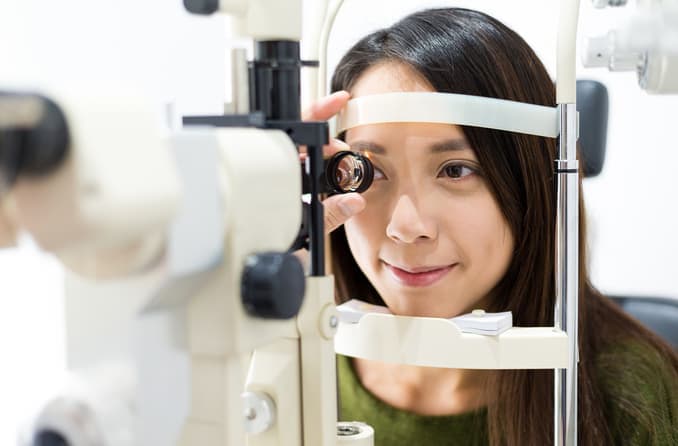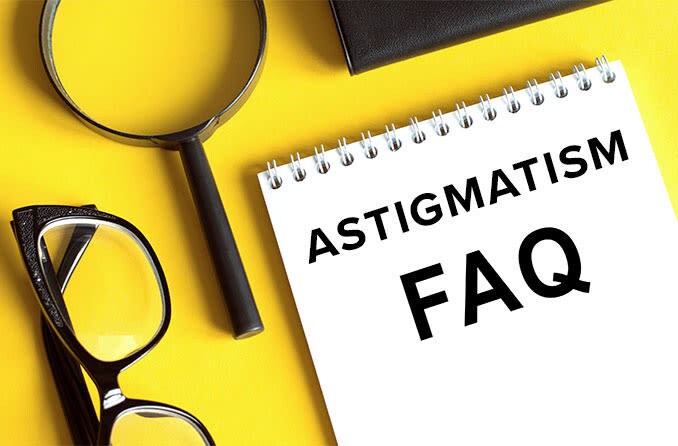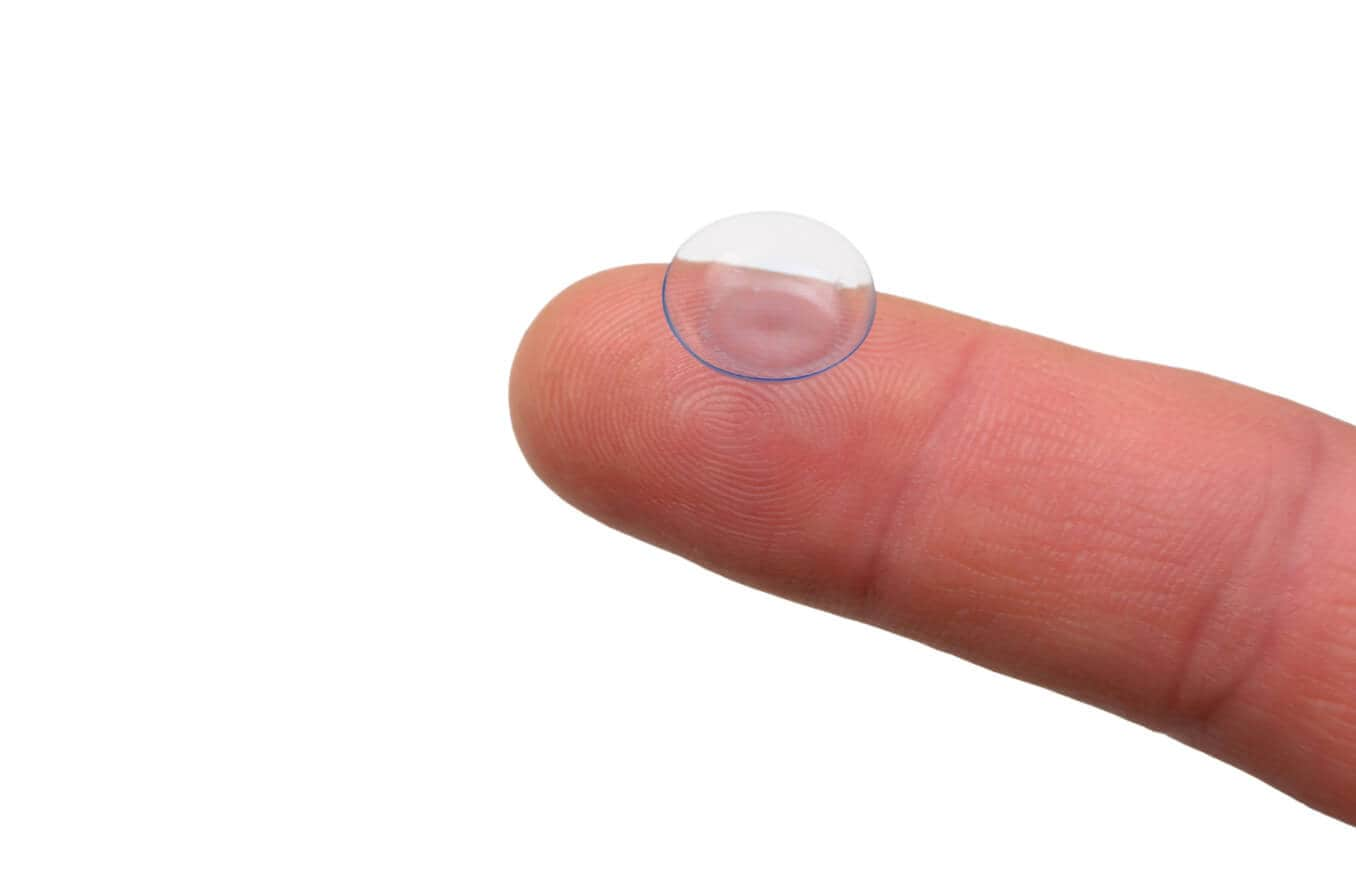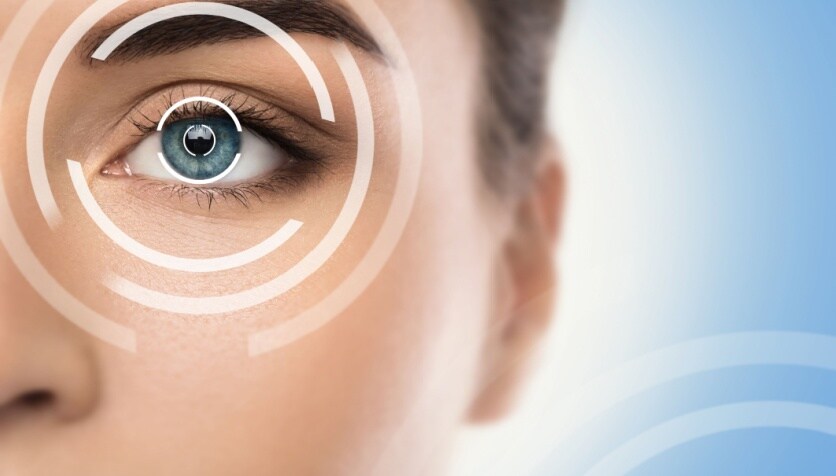In March 2019, a social media post took many people, including eye care professionals, by surprise. The post compared two images of traffic lights and explained that people who see traffic lights as streaky or blurred likely suffered from astigmatism — the internet went wild.
While many eye doctors took to their keyboards to debunk the myth, it raised questions among everyday people with astigmatism and how it affects the way they view light. After all, astigmatism affects one in three people, so it can only benefit us to know how it affects us.
Below, we address astigmatism, how it affects one’s view of light and how it can make night driving particularly risky. Plus, treatment options to get you safely back on the road at night.
Astigmatism and lights
People with astigmatism may find themselves squinting to focus or reduce the glare they perceive from light sources. While this may seem normal to those who have had astigmatism from an early age, those who have developed astigmatism often wonder why lights appear this way.
To understand why astigmatism messes with the eyes’ light intake, you must first get a handle on what astigmatism is.
In a nutshell, astigmatism is caused by a misshapen cornea or lens, which makes it difficult for the eye to focus light. The cornea and lens are meant to filter outside light into the eye and direct it to the retina. The retina creates an image based on the amount of light received, then sends it to the brain (via the optic nerve) to make sense of the image.
In an eye with normal vision, the cornea and lens are perfectly round, like a golf ball. This allows light to hit the retina with no issues and produce a clear image. With astigmatism, either the cornea (called corneal astigmatism) or the lens (called lenticular astigmatism) are more curved than round — similar to an American football or an egg — which causes the light to scatter instead of focus on the retina.
Because of this, astigmatism lights will appear fuzzy with halos, streaks or glares.
Night driving with astigmatism
Now that you understand how those with astigmatism perceive light, you can more easily understand why astigmatism night driving can be particularly troublesome.

When driving at night, our pupils dilate to let more light inside the eye, which ideally allows you to see more detail in low-light conditions. Most drivers rely on street and traffic lights to help better illuminate the road.
While these lights on the road are beneficial to most, they can worsen visibility for drivers with astigmatism at night. This is because, as mentioned earlier, pupil dilation allows more light into the eye. If the eye already has problems focusing light, allowing more light can worsen the problem.
The traffic and street lights that are meant to help drivers, glow distractedly with halos and glare that make it more difficult for people with astigmatism to see the road. Luckily, there are ways to minimize the effect astigmatism has on night vision.
SEE RELATED: Why would someone's vision only get blurry at night?
Solutions for astigmatism lights at night
Whether you’ve been diagnosed with astigmatism or not, if you have trouble seeing the roadways at night, you need to see an eye doctor. They can assess the state of your night vision to determine if correction is needed and prescribe you one or more of the following:
Eyeglasses — Lenses for astigmatism can help counteract the way light enters your eyes and reduce the amount of blurriness and glare you experience. Dealing with other common eye issues like myopia or hyperopia? Astigmatism lenses can correct that too.
Contact lenses — If you have a milder form of astigmatism and you’d prefer not to wear glasses, contact lenses for astigmatism can fix incoming light to properly enter your eye, getting rid of pesky glare and restoring clear vision on the road.
Orthokeratology — Also called “Ortho-K,” orthokeratology consists of wearing specially fit contact lenses overnight (they are removed upon waking). Ortho-K lenses gently reshape your cornea while you sleep so you can see clearly the following day.
Over time, orthokeratology should minimize and potentially eliminate refractive errors like astigmatism, myopia and hyperopia.
Surgery — If you’re looking for a permanent solution to astigmatism, there are a few surgical procedures to consider. The most popular procedures are LASIK and intraocular lens implants, which are minimally invasive and pose very little risk.
Astigmatism, like other refractive errors, varies in severity, which may make you a better candidate for one treatment over another. The best way to figure out which is the most effective treatment for your eyes is to have a conversation with your eye doctor. They can evaluate the state of your vision and put you on the right path to clear eyesight and happy eyes.











